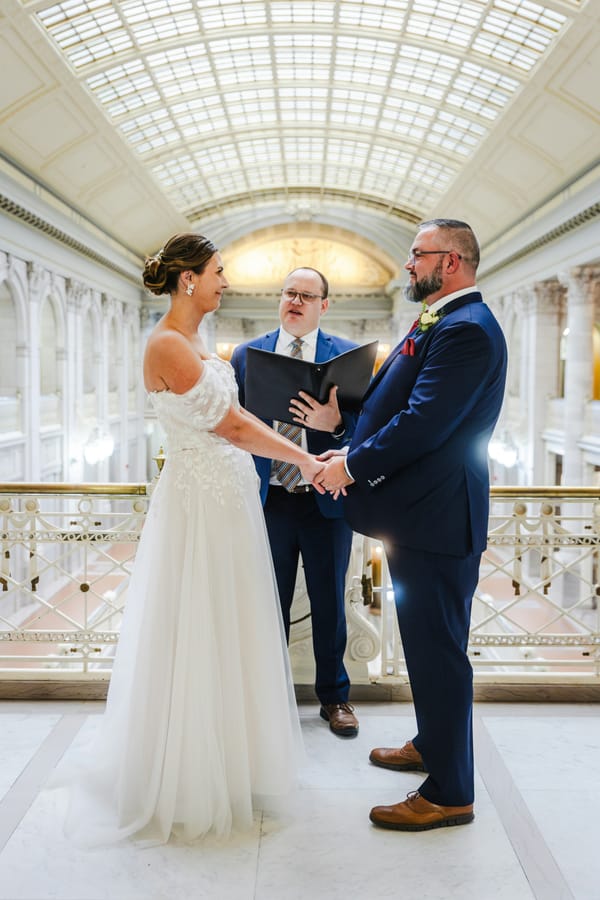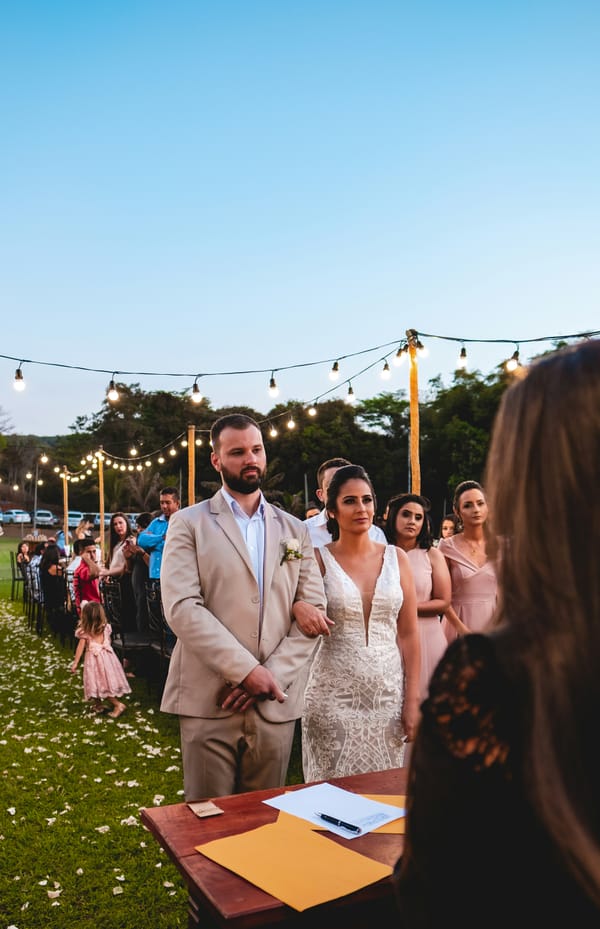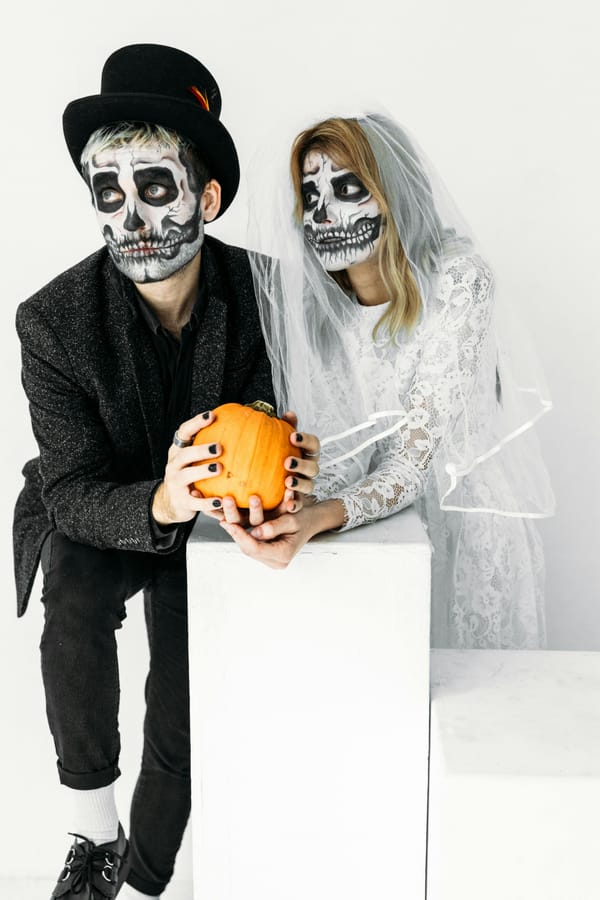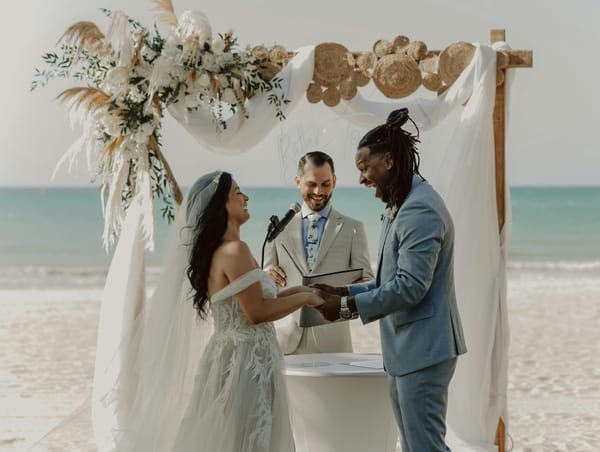How to Structure Your Wedding Ceremony
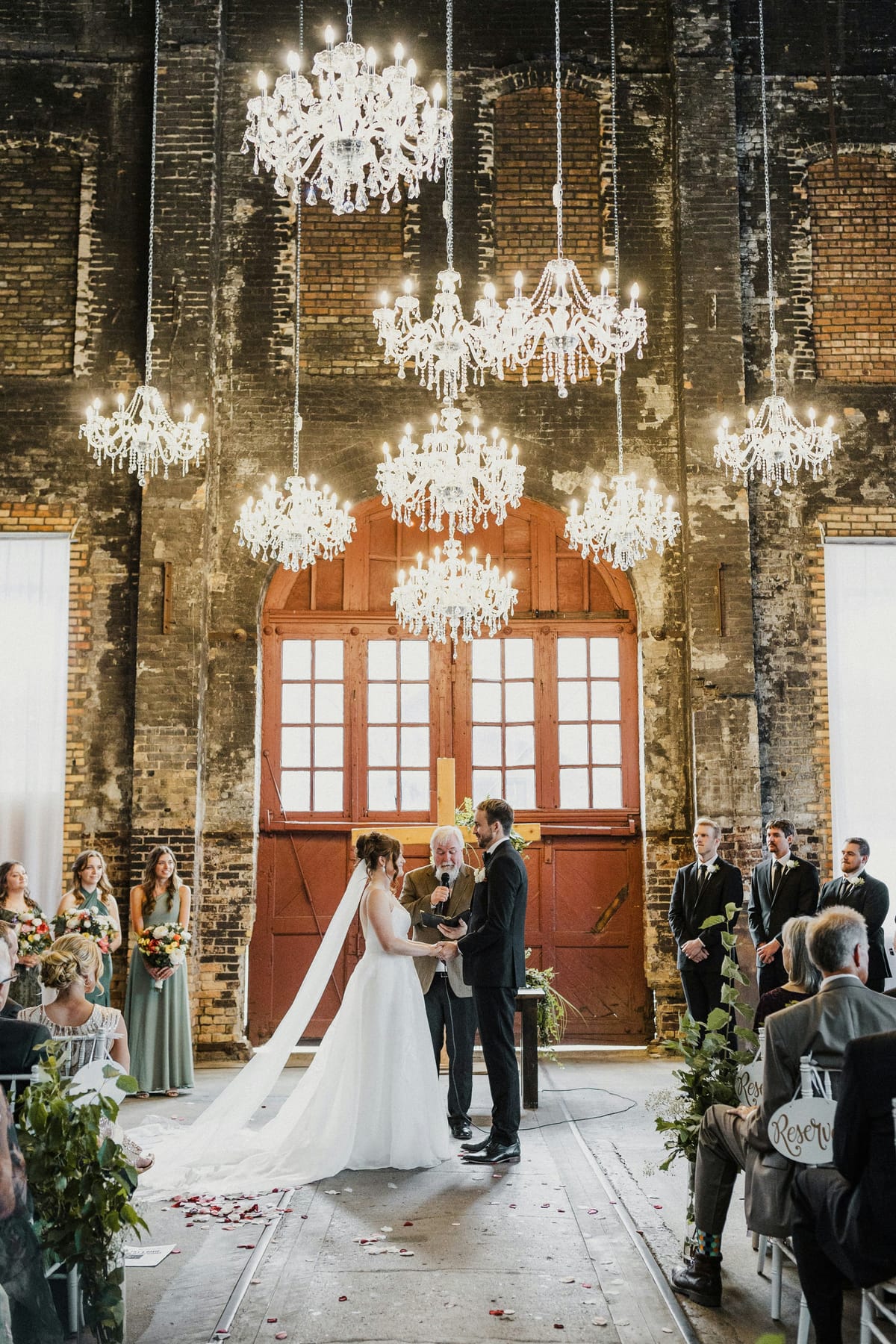
Why Knowing the Basics Matters
Your wedding ceremony is a reflection of your love story, filled with meaningful choices that celebrate your journey. While the reception may steal the show with its food and dancing, the ceremony is the heart of your wedding day—it’s where you make promises that set the tone for your future together. Whether you’re planning a traditional event or an unconventional celebration, knowing the key components of a ceremony will help you and your officiant create something personal and memorable. Understanding these elements allows you to better communicate your vision and ensures a seamless experience for everyone involved.
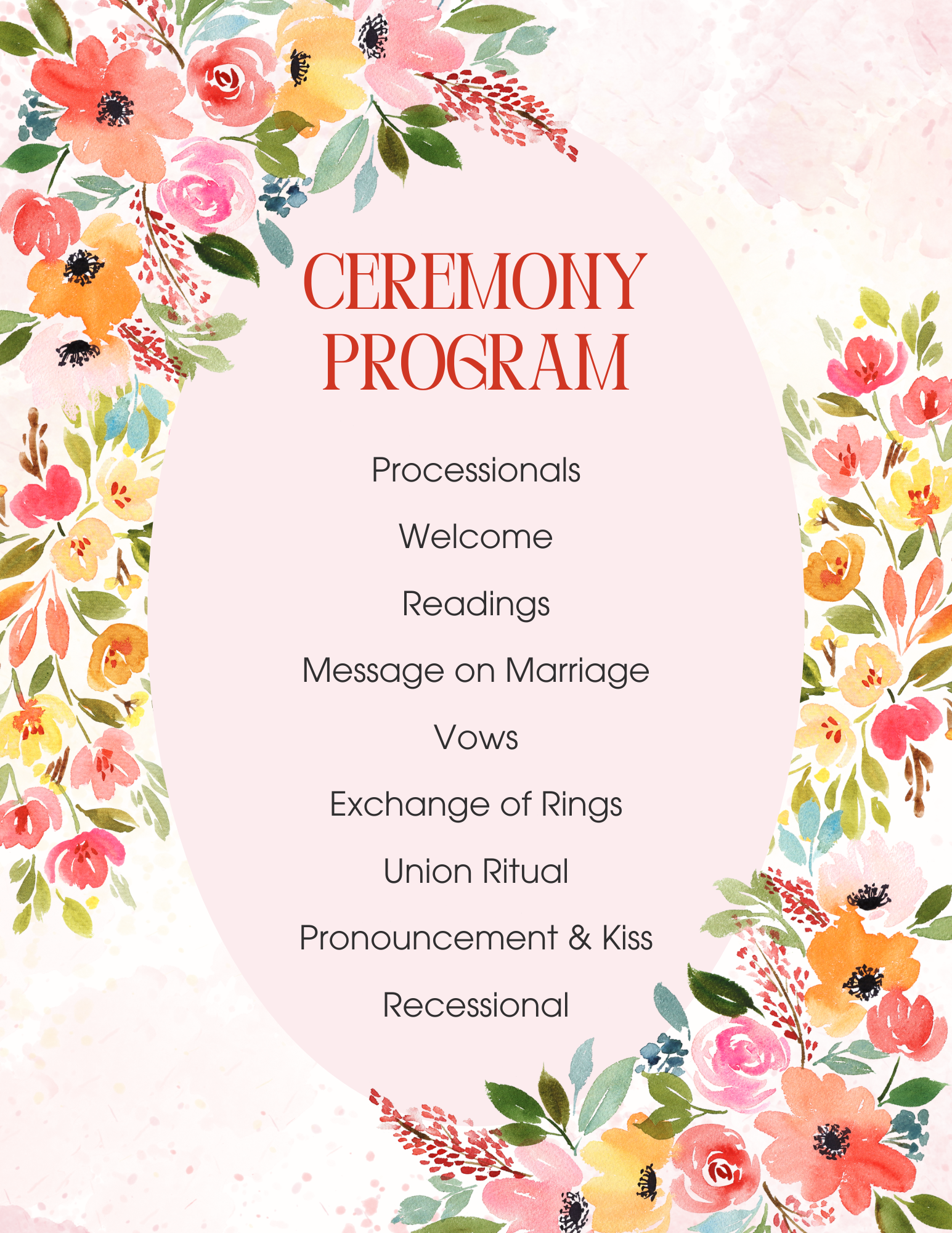
The Building Blocks of a Wedding Ceremony
Weddings have evolved greatly, but many ceremonies still follow the same basic structure. Here’s a breakdown of the main elements you might consider, along with tips for making them your own.
1. The Processional
The processionals are your opportunity to make a grand entrance! Traditionally, one partner processes first with their parents or attendants, followed by the other partner’s entrance. This sequence builds anticipation and sets the stage for the ceremony. It’s a powerful visual cue for guests that the ceremony is about to begin and signals the significance of the moment.
Personalize It: Want a twist? Consider walking down the aisle together or having a unique entrance song that reflects your personalities. You could even involve pets or loved ones as part of the processional to add a heartfelt touch.
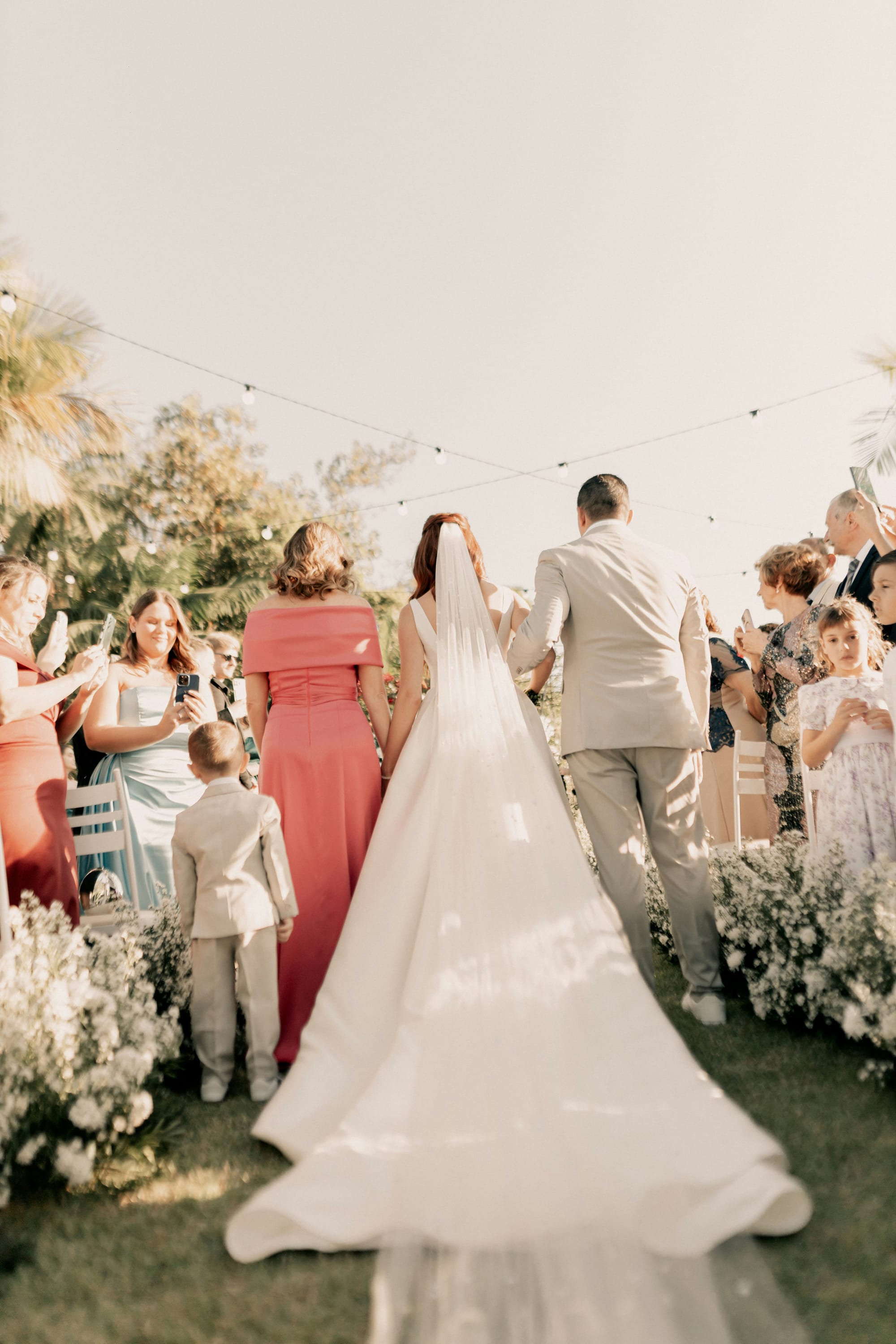
2. The Welcome
Your officiant’s welcome officially kicks off your wedding festivities and sets the tone for everything that follows. It’s a chance to make your guests feel included and remind them of the significance of the moment. The welcome can also be an opportunity to acknowledge special guests or honor loved ones who couldn’t be present.
Personalize It: The welcome can include a heartfelt acknowledgment of loved ones who couldn't be there or a brief story that highlights your relationship. Think about what makes your partnership unique and how you’d like your guests to feel as the ceremony unfolds.
3. Readings
Readings are an optional, yet popular, part of wedding ceremonies. They can provide a pause in the flow and add depth by sharing words that resonate with you as a couple. From romantic poetry to humorous excerpts, the options are endless. Readings can set a reflective, joyful, or solemn tone, depending on your preference.
Personalize It: Choose a reading that holds personal meaning, or commission a friend to create an original piece. You might even select a passage from a book or song that has special significance to your relationship. Don’t be afraid to think outside the box—memorable readings come from unexpected places.
4. The Message on Marriage
Often referred to as the "sermon" in religious ceremonies, this part focuses on what marriage means. If a friend or family member is officiating, their message can be more personal, emphasizing your story and what they believe makes your relationship special. This segment is a chance to share lessons, insights, and anecdotes that capture the essence of your partnership.
Personalize It: Ask your officiant to share anecdotes about your journey as a couple or focus on values that are important to both of you. A well-crafted message on marriage can inspire your guests and remind them of the power of love and commitment.
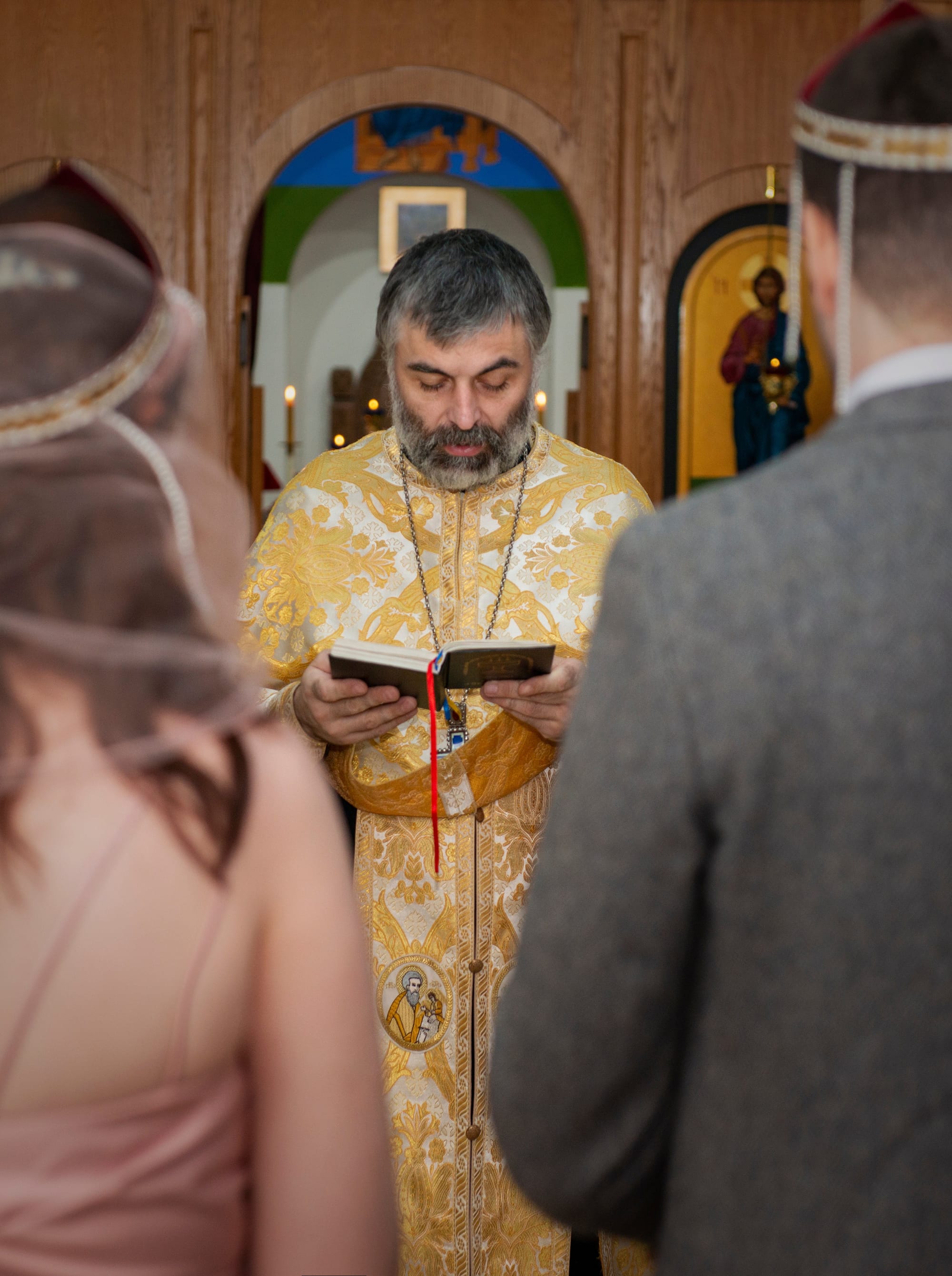
5. The Vows
The vows are the emotional core of your ceremony where you publicly share your promises to one another. This can be done through traditional vows, vows you’ve written yourselves, or a combination of both. Vows give you the space to share your deepest feelings, cherished memories, and hopes for the future.
Personalize It: Not sure you want to read your vows aloud? Consider having repeat-after-me vows led by your officiant or exchanging private vows before the ceremony for an intimate moment. Remember, your vows don’t need to be long to be meaningful—simplicity can be powerful.
6. Exchange of Rings
The exchange of rings is a powerful ritual that serves as a visual reminder of the deep commitment you’re making to each other. Rings can signify eternity, unity, and the love you’ll share moving forward.
Personalize It: You might consider having a guest or loved one read a "Blessing of the Hands," or choosing rings that have a unique backstory. If rings aren’t your thing, consider another symbolic exchange that fits your relationship, like necklaces or meaningful tokens.
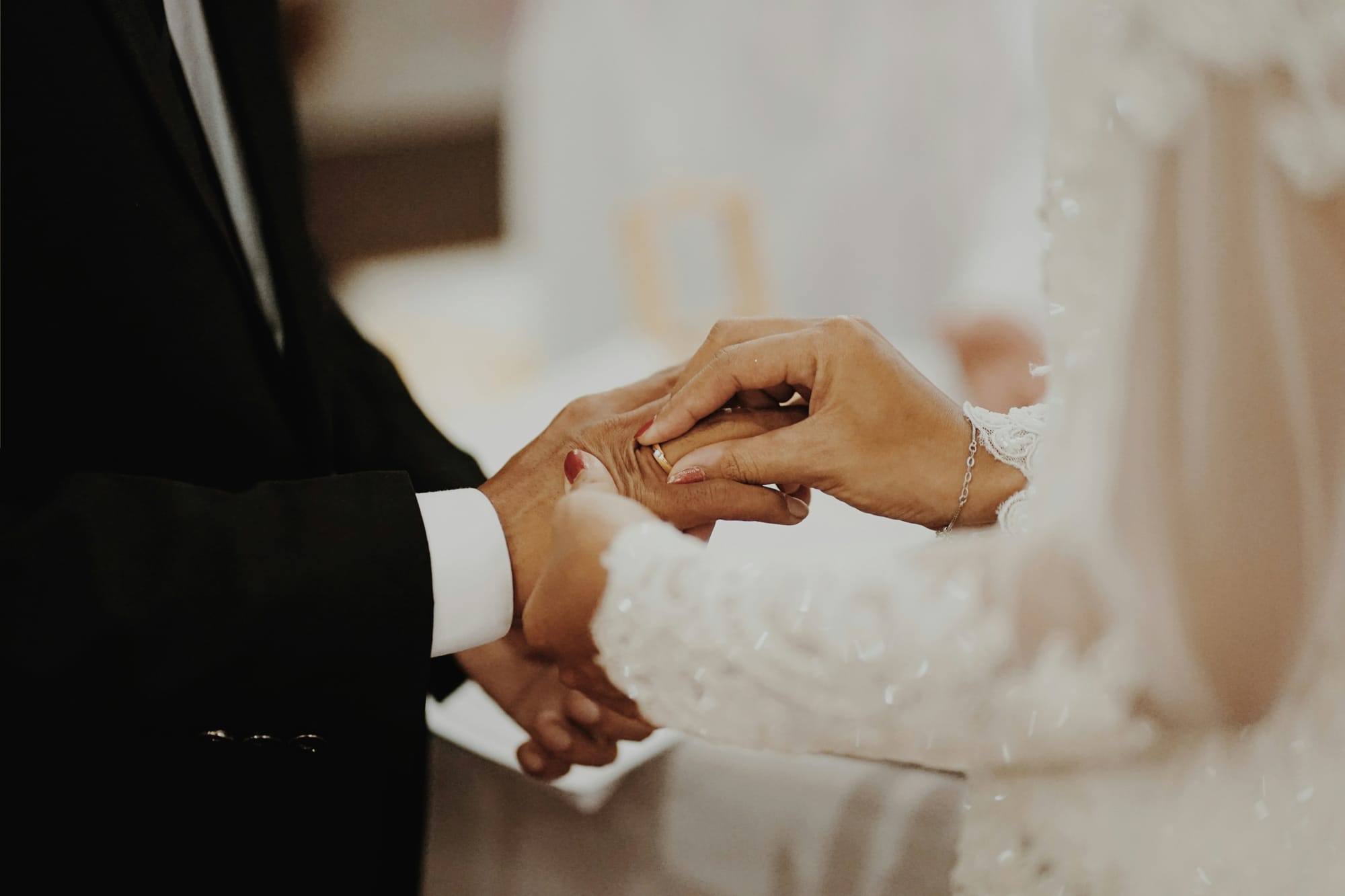
7. Union Ritual
A union ritual can be a meaningful addition, whether it’s lighting a unity candle, sand pouring, handfasting, or another religious or cultural tradition. This element symbolizes the merging of your lives and families. It can be as simple or elaborate as you want, from planting a tree together to mixing wines.
Personalize It: Let your creativity shine with a unique ritual, like planting a tree together or blending different sands into a single vase to represent your union. Think about what rituals feel natural to your relationship—there are no limits to what you can create to represent your bond.
8. The Pronouncement and Kiss
This is the official moment when you and your partner become married, followed by that iconic first kiss as a married couple. It’s one of the most photographed and anticipated parts of the ceremony, symbolizing the start of your married life.
Personalize It: Instead of the traditional "I now pronounce you," ask your officiant to use words that feel true to your story, such as “By the power vested in me by your love and commitment.” If you’re not comfortable with a public kiss, consider a different gesture that’s meaningful to you, like an embrace.
9. The Recessional
The recessional is the exit that concludes the ceremony, where you lead your wedding party and guests toward the next phase of the celebration. It’s often accompanied by music that sets a celebratory tone and marks the joyful start of your new chapter.
Personalize It: Dance your way back up the aisle or plan a fun twist, like high-fiving guests or being showered with petals or confetti. This is your first walk as a married couple, so make it as fun or heartfelt as you like.
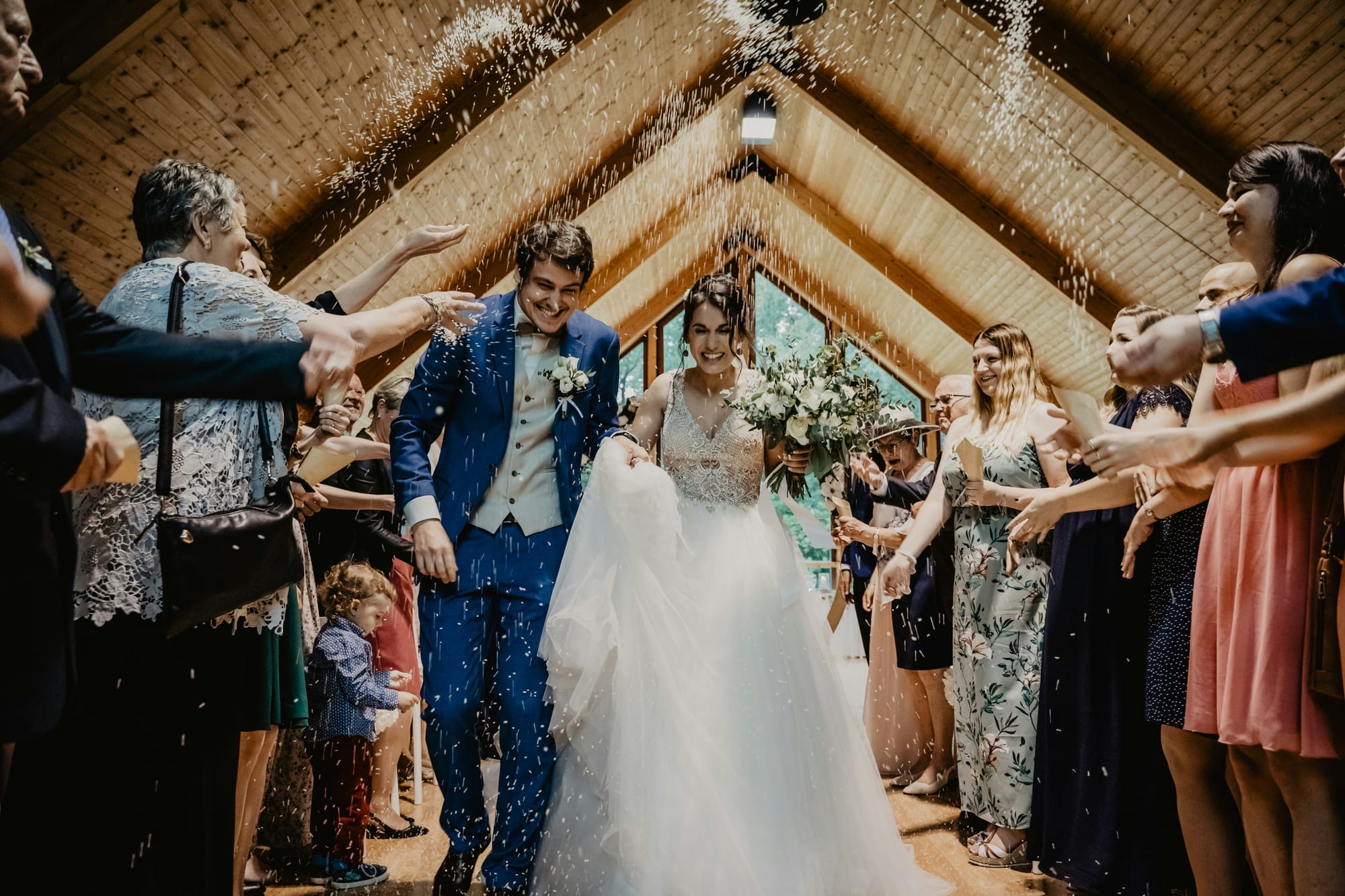
Your Ceremony, Your Story
Understanding the basic components of a wedding ceremony helps you set a foundation to build on, making your big day truly reflect who you are as a couple. Whether you’re sticking to tradition or breaking the mold, each part of your ceremony is an opportunity to express your unique story. Embrace the chance to craft a ceremony that feels true to you and honors the journey that brought you to this moment.
Planning the perfect ceremony takes thought and coordination, and if you need help ensuring your ceremony is as special as your love, I’m here to assist with expert ceremony coaching. Let’s make sure your wedding is unforgettable and uniquely yours!
Photos on this page by Jennifer Kalenberg, Alexander Mass, Jamal Yahyayev, Suryadhityas, and Victoria Priessnitz.

